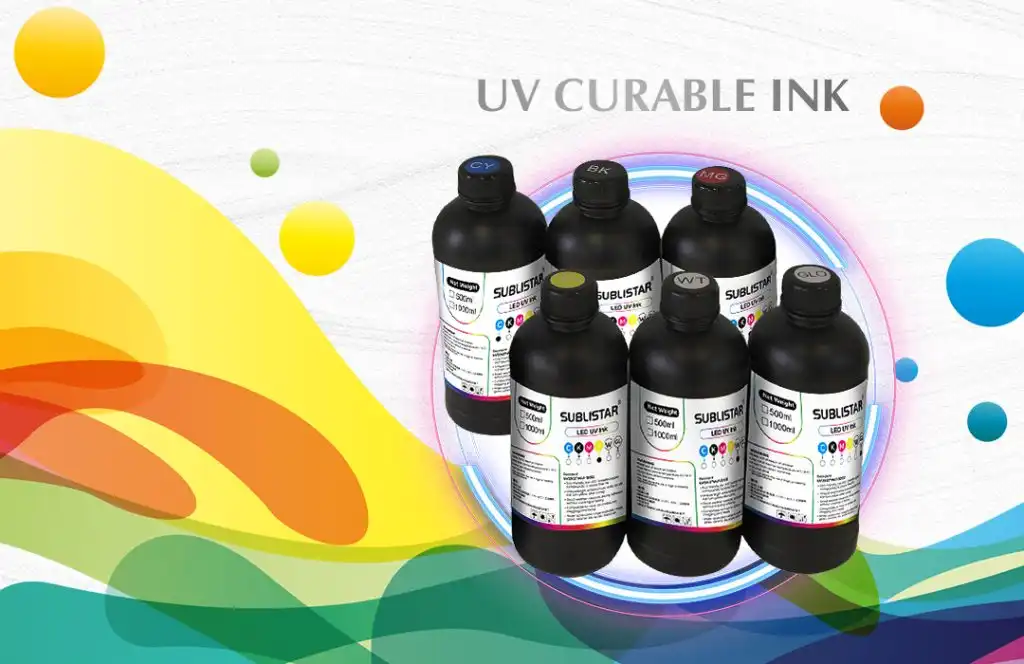Messi Biology Co., Ltd. states that magnesium carbonate (MgCO₃) is a white inorganic powder with good chemical stability, low density, and certain adsorption capacity. In UV curable ink systems, as an inorganic filler, magnesium carbonate can not only reduce costs but also endow the ink with a series of functional characteristics.

- Improving Rheological Properties (Flow and Thixotropy)
Magnesium carbonate has a certain particle size distribution and a flaky or porous structure. In inks, it can form a reasonable three-dimensional dispersion network structure, thereby improving flow and thixotropy, which helps control ink stability and spreadability during the printing process. - Enhancing Opacity and Whiteness
Magnesium carbonate itself has a certain covering ability. Especially at high filling levels, it can be used in conjunction with titanium dioxide to enhance the hiding effect of white or light-colored inks while controlling costs. - Adjusting Gloss (Matte/Semi-Matte)
Due to its irregular structure, magnesium carbonate can be used to reduce the surface gloss of UV inks, creating a matte or soft-light texture, widely used in packaging printing, labels, decoration, and other fields. - Improving Printability
Appropriate addition of magnesium carbonate can improve the transferability of ink and its shrinkage behavior during drying, reducing ink film cracking and enhancing adhesion, especially suitable for use on different substrates such as plastic films, metals, and paper. - Increasing Anti-Settling and Storage Stability
Its larger specific surface area and lighter specific gravity help improve the anti-settling properties of the ink, making it less prone to stratification or caking during long-term storage. - Assisting in Adjusting the Flexibility of the Cured Layer
In high-solid UV formulations, magnesium carbonate, as a non-reactive component, affects the flexibility and balanced hardness of the ink system, making it suitable for customizing products with different levels of flexibility (e.g., for soft packaging or flexographic printing needs).
